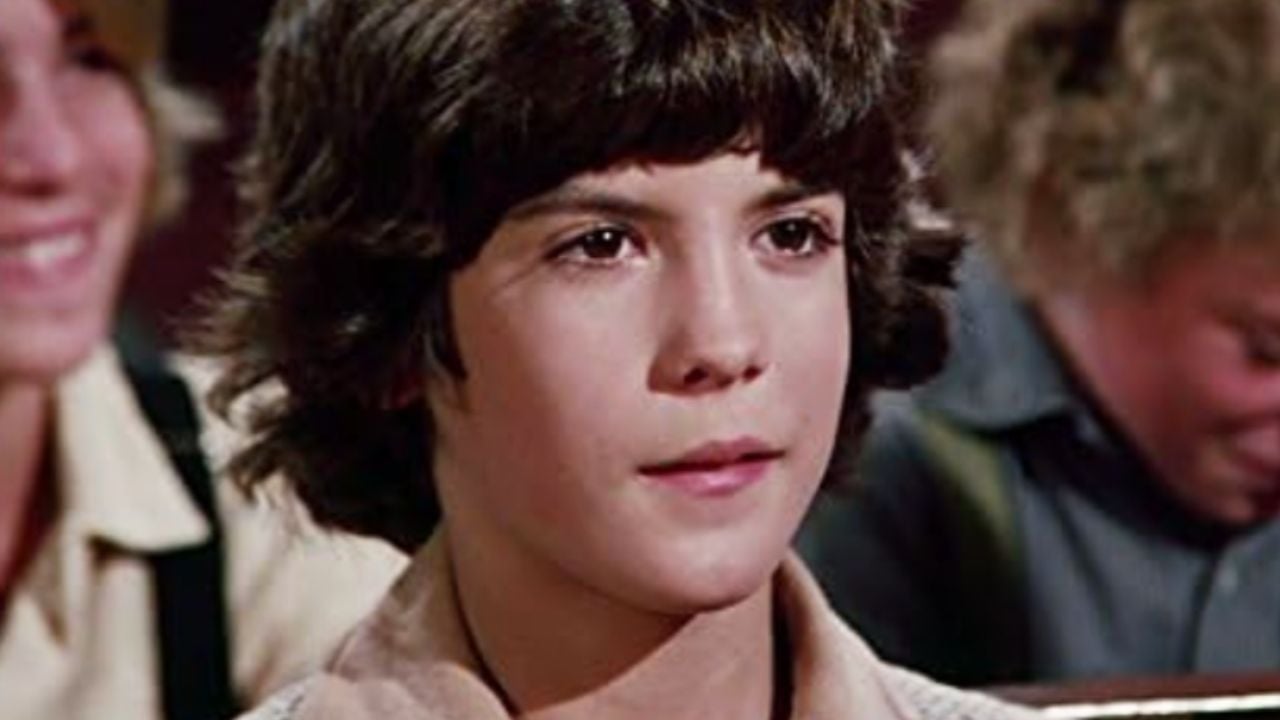On the occasion of World Stroke Day, celebrated this Sunday (29), the organization highlights that the disease is one of the major causes of death and disability in the world
One in four people over the age of 35 will suffer a cerebrovascular accident (CVA), popularly known as a stroke, at some point in their life – and 90% of these strokes could be prevented by taking into account a small number of factors risk risks, including hypertension or high blood pressure, smoking, diet and physical activity. The alarm comes from the World Stroke Organization.
On the occasion of World Stroke Day, celebrated this Sunday (29), the organization highlights that the disease is one of the major causes of death and disability in the world, it can affect anyone at any age and is something that affects everyone: i survivors, family and friends, as well as work and community environments.
It is estimated that more than 12 million people worldwide will have a stroke this year and that 6.5 million will die as a result. The data also shows that more than 110 million people are living with the consequences of a stroke. The incidence increases significantly with age: more than 60% of cases occur in people under 70 and 16% in people under 50.
“More than half of people who suffer a stroke will die as a result. For survivors, the impact can be devastating, affecting physical mobility, nutrition, speech and language, emotions and thought processes. These complex needs can lead to financial and healthcare challenges for the individual and their caregivers”.warns the organization.
Understand
According to the neurologist and coordinator of the stroke service at Albert Einstein Hospital, Marco Túlio Araújo Pedatella, stroke occurs when there is an obstruction of blood flow to the brain. It can be ischemic (when there is obstruction of the blood vessels) or hemorrhagic (when the vessels rupture). In either case, brain cells can be injured or die.
“The main risk factors we have today for stroke are hypertension, diabetes, high cholesterol, sedentary lifestyle, smoking, excessive use of alcoholic beverages, as well as other factors that we cannot influence much , such as age, since this ends up being more common in elderly patients, in males, in blacks and in Orientals and in family history, which is also an important risk factor.”
young
Although stroke is more common among the population over the age of 60, reports of cases among younger people have become increasingly common. Pedatella reminds us that, in these cases, the impacts are enormous, since the disease can generate significant disabilities depending on the location and size of the brain lesion.
“In the case of a young patient, a person who will often stop working, will have to undergo rehabilitation, generating enormous expenses. In several cases, depending on the after-effects, this patient also needs help to walk, for which a family member taken away from work in order to help. Thus it ends up increasing social security costs, in addition to treatment and rehabilitation costs.”
“Unfortunately we do not have a drug that treats or cures these lesions. Patients improve with rehabilitation, but depending on the lesion, size and location, they may have more disabling consequences.”
Recognize the signs
The specialist explains that recognizing the signs of a stroke and quickly seeking treatment not only saves the patient’s life, but increases his chances of recovery. “A stroke is a sudden, sudden condition. It happens all at once.”
“The person has loss of strength or sensation on one or both sides of the body; loss of vision in one or both eyes; double vision; motor imbalance or incoordination; very intense dizziness; changes in speech, both difficulty speaking, articulate words, to make oneself understood or to be understood; as well as a very intense and different headache than usual”.
“It is recommended, in the presence of any of these signs, to contact the emergency service so that the patient can be evaluated by a doctor and exclude the possibility of a stroke. We have a very narrow window in ischemic stroke, from in able to treat this patient and avoid disabling consequences: up to four and a half hours with drug treatment and up to six hours with an endovascular procedure.”

Source: Terra
Ben Stock is a lifestyle journalist and author at Gossipify. He writes about topics such as health, wellness, travel, food and home decor. He provides practical advice and inspiration to improve well-being, keeps readers up to date with latest lifestyle news and trends, known for his engaging writing style, in-depth analysis and unique perspectives.









